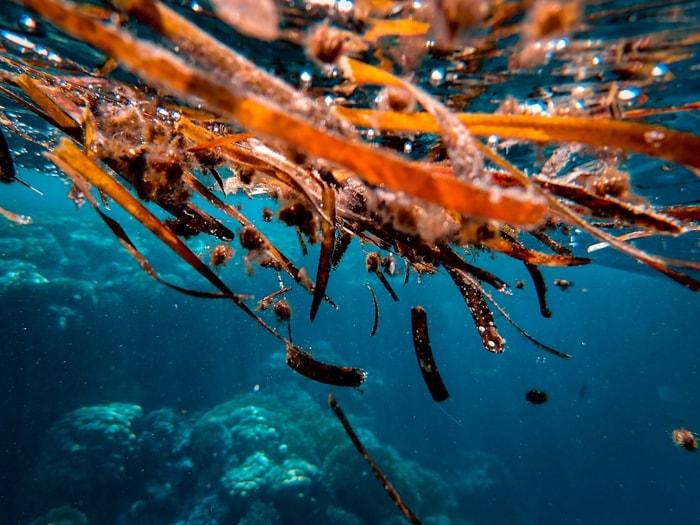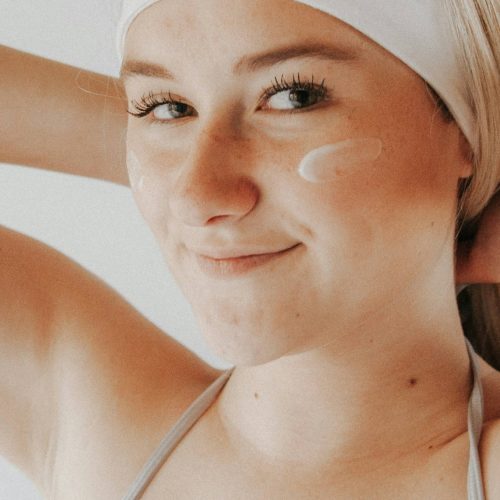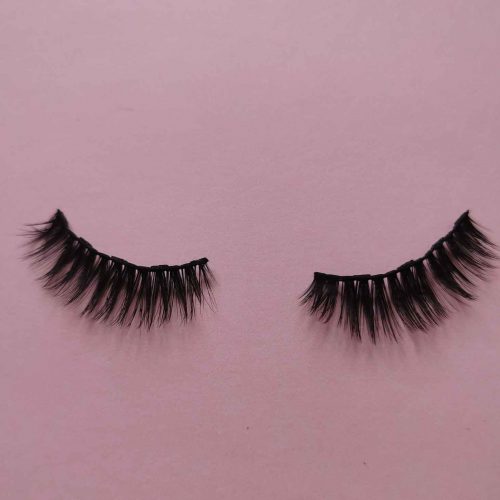The Benefits of Algae Skincare
Childhood memories of wild, tangled seaweed growing out of slimy rockpools may make you doubt the benefits of algae skincare at first. However, such benefits are causing beauty experts across the world to fall in love: from eye creams to essential oils, face masks to moisturisers; algae skincare products are on the rise, and it’s for you to find out why.
THE ALGAE EFFECT
The informal term ‘algae’, encompassing a distinct group of over 30,000 photosynthetic eukaryotic organisms, has been deemed by dermatologists as the holy grail of all skincare ingredients. Although only a dozen types of algae have been studied for use in the beauty industry today, their properties are as unique as they are diverse. As expressed by Miami-based dermatologist Dr. Loretta Ciraldo, this can lead to confusion among consumers as ‘algae is the name required by law to be used for an extremely wide variety of skincare ingredients’.
From brown algae’s moisturising benefits to green algae’s antioxidants, our recommendations below aim to address how algae can help remedy a variety of stubborn skincare issues. Reducing inflammation, dry skin, redness, dark circles, acne and more- let seaweed-infused products be the solution to gaining luminous skin.
CONCERNS & CURES
Dry Skin
Dry, dehydrated skin can lead to flaking, itchiness and roughness. For this, Dr Loretta recommends her Micro Peel Peptide Pads. Infused with red algae, this ‘highly-tested ingredient can produce a 128 percent moisture surge with one application’ and is therefore effective. Dr Loretta also recommends products containing spirulina: a hailed ‘beauty superfood’ among health fanatics known to nourish and rehydrate dry, tired looking skin.
Fine Lines and Wrinkles
All types of marine algae have anti-ageing properties: comprised from almost 60% amino acids, algae has been scientifically proven to inhibit the activity of skin-degrading enzymes collagenase and elastase, as well as help strengthen skin cells.
Species which optimise this property include Astaxanthin, a potent antioxidant 6,000 times more powerful than Vitamin C. Undaria pinnatifida, a large brown kelp renowned for its collagen protecting properties and Gigartina skottsbergii, a red marine alga used to hydrate and protect the skin against harsh elements, thus reducing the appearance of fine lines and wrinkles.

Hyperpigmentation
One of algae’s greatest claims is its ability to lift hyperpigmentation; a condition caused by the overproduction of melanin in the skin, leading to discolouration. A study led by Hye Kim et al., has proven that algae extracts and algal carbohydrates can successfully treat this condition. Green algae is most effective; owing to its high vitamin C content, it has the power to inhibit the production of tyrosinase, an enzyme that produces melanin in the skin.
Acne
Marine algae contains essential fatty acids which prevent the growth of Propionibacterium acnes, a bacterium which causes acne. Dr Loretta explains red algae ‘contains levels of beta carotene… a precursor of vitamin A, the basis of anti-acne treatments like tretinoin, retinol, and even Accutane’, whereas spirulina has calming, anti-inflammatory properties used to soothed angry or infected spots.
UV Exposure
Research by the University of Swansea have discovered marine microalgae could be used as a sustainable alternative to conventional, synthetic sunscreens, owing to its high content of photoprotective substances, such as mycosporine-like amino acids (MAAs), sulphated polysaccharides, carotenoids, and polyphenols which enable the absorption of UV light.





